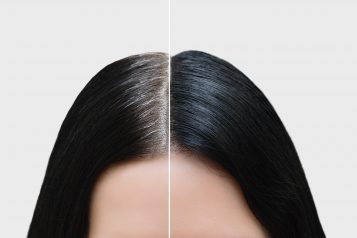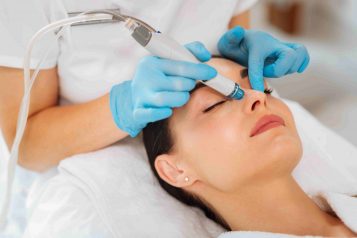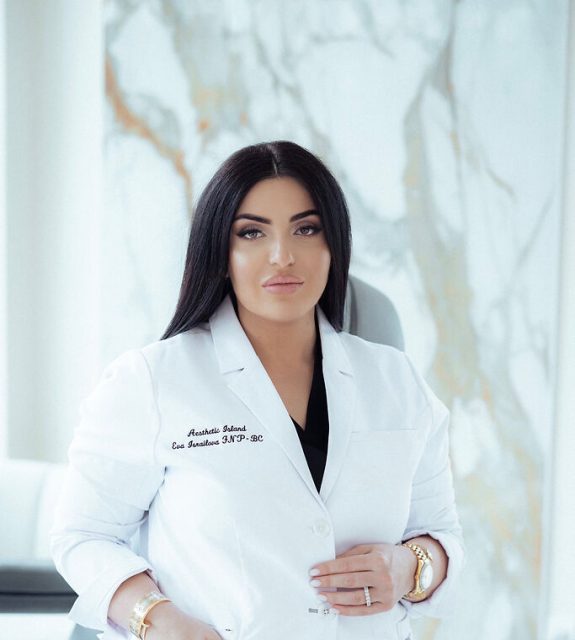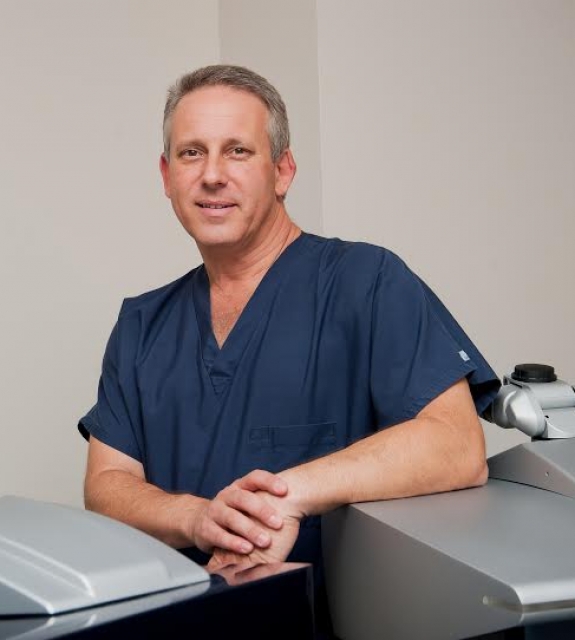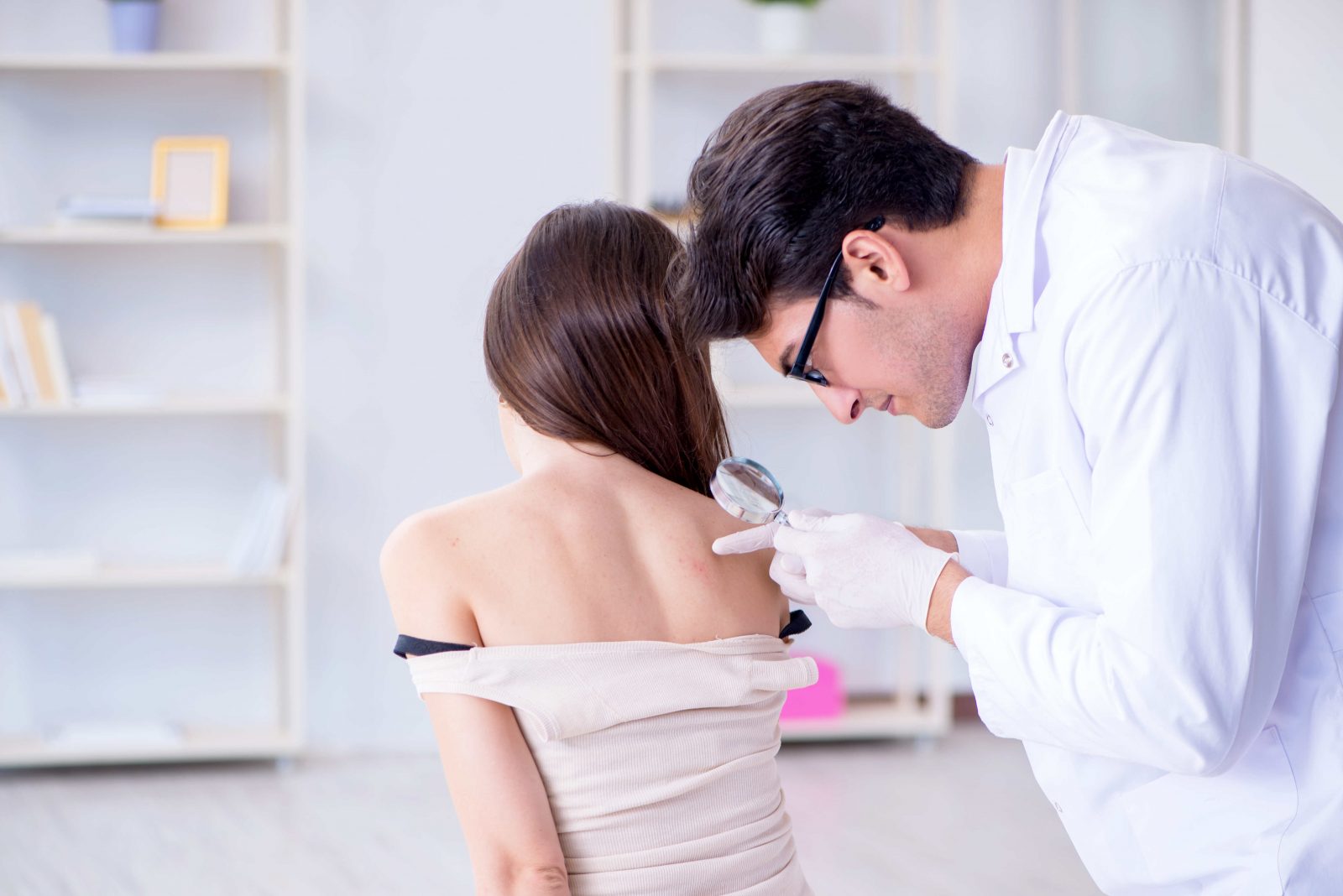 Photo Credit: Shutterstock
Photo Credit: Shutterstock
There is a high chance that you've had a cyst on your body and you didn't even know it was there. Cysts are extremely common and there are many different kinds. These lumps of fluid are not always needing treatment but they can be alarming when and if you see them on your body, as lumps can sometimes be cancerous. Most of the time, these bumps are just cysts but it is important to seek professional help when noticed. To learn more about the most common type of cyst, how to treat it and what one can do to ensure it doesn't come back, Haute Beauty sat down with Haute Beauty Experts to discuss. Here's what they had to say:
Dr. Purvisha Patel | Skin | Memphis
The most common type of cyst I treat in my office is a hair follicle cyst, which on the body is called an epidermal inclusion cyst, and on the scalp is a pilar cyst. We are mammals and covered with hair follicles, these types of cysts are encapsulated hair follicle growths, that get filled with keratin and rancid oil. We must remove the sac to make sure that the cyst does not come back.
For more information, visit Dr. Patel's website, Instagram, or Facebook!
Dr. Kiran Mian, Hudson Dermatology & Laser Surgery | Skin | New York
One of the most common types of cysts I treat in my office is acneic cysts. These cysts are usually hormonal in nature and are treated with intralesional steroid injections. Our oil glands are controlled by our hormones and oftentimes can get overstimulated. This build-up of oil at the base of the hair follicle contributes to the formation of a slightly painful, pink cyst underneath the surface of the skin. They usually happen along the jaw and chin in women but can happen anywhere on the face, and usually coincide with a female’s menstrual cycle. They can heal on their own over a couple of weeks, but can often leave behind a mark, or what we call post-inflammatory hyperpigmentation.
In the office, we can treat these cysts with a small amount of diluted steroids—they heal very quickly after the injection, with less chance of scarring. Treating them at home is possible as well, using a hydrocolloid spot patch with salicylic acid. Another trick is dissolving an aspirin in a little water and applying that water to the cyst with a cotton ball. This can help decrease inflammation! To decrease the chance of their formation, oral medications can be prescribed, as well as a healthy skincare routine that keeps our pores nice and open. This prevents clogging and the build-up of oil.
For more information, visit Dr. Mian's website and Instagram!
Dr. Tamara Lazic, Hudson Dermatology & Laser Surgery | Skin | New York
The 2 most common types of cysts we treat in the office are epidermal inclusion cysts (EIC) and milia.
EICs are keratin-filled sacs that present as bumps on the skin (from a few millimeters to several centimeters in size), usually with a blackhead-like dot in the center. They contain keratin (a cheesy substance), not sebum, so they are very commonly erroneously referred to as sebaceous cysts, which is a misnomer. EICs appear sporadically, for no particular reason, sometimes due to a genetic predisposition. Smoking can make them more likely to occur.
If inflamed or infected we treat them with cortisone injections or oral antibiotics depending on the severity of the inflammation (symptoms are redness, tenderness, increase in size of the cyst) to calm down the inflammation. Once the cyst is no longer inflamed/infected, it can be surgically removed to remove the sac and to prevent a recurrence. It is important to avoid squeezing or pressing on the cyst, as any kind of trauma to the cyst will cause more inflammation and can make it grow further. So, the less you touch it, the better.
Milia are tiny white bumps most commonly found on the face. They are common in newborns, but also happen as we age, as our skin loses its natural ability to exfoliate. Skin cells and keratin get trapped under clogged skin and these bumps happen as a result. Occasionally, they can be caused by the use of heavy occlusive skincare products, burns or laser treatments. We treat them in the office with simple and quick extraction or electrocautery (burning them off). To ensure it doesn't come back after removal avoid occlusive/heavy skincare products and use retinoids to increase cell turnover, enhance exfoliation and prevent clogging.
For more information, visit Dr. Lazic's website or Instagram!
Dr. Bertha Baum | Skin | Miami/Ft. Lauderdale
I would say epidermal inclusion cysts are the most common types I see besides the regular inflammatory cysts secondary to acne which are very common. Another one we treat and see often are the pilar cysts. The gold standard treatment of epidermal inclusion cysts (EIC) and pilar cysts is a surgical excision, in which the capsule is completely removed, to ensure the recurrence of the cyst is very low. Stitches are used to close the lesion and then we offer a complimentary laser in case of any visible scar. These cysts are all benign lesions and are not urgently treated unless they are getting irritated or infected.
For more information, visit Dr. Baum's website, Instagram, or Facebook!







